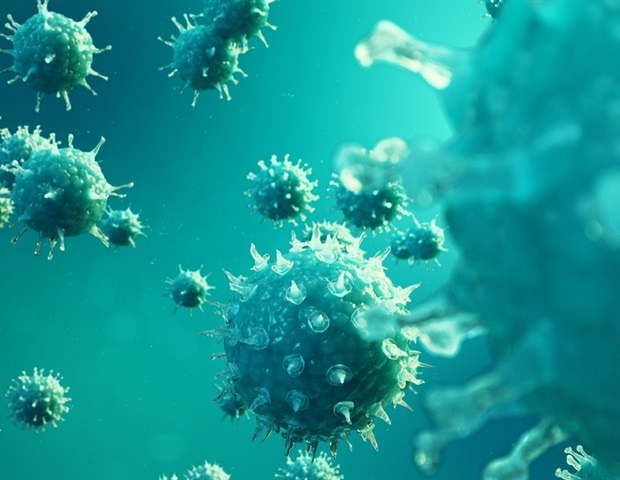Health
New Pathway Discovered for HIV Redistribution in the Body

Recent research has unveiled a significant breakthrough in understanding how the HIV virus redistributes throughout the body. A study published in The American Journal of Pathology by Elsevier reveals the identification of a perineural pathway that allows immune cells, specifically macrophages, in the central nervous system (CNS) to traffic beyond the brain. This discovery has implications for how HIV sustains itself despite treatment with antiretroviral therapy.
Researchers have long viewed the CNS as isolated from the rest of the body, primarily due to the presence of tight junctions, limited lymphatic drainage, and the blood-brain barrier. Yet, this new study highlights the connection between the CNS and the peripheral nervous system (PNS). Co-lead investigator Kenneth C. Williams, PhD, from the Biology Department at Boston College, explained that in their experiments involving a monkey model of HIV, they injected colored nanoparticles into the cerebrospinal fluid. This method allowed them to trace the movement of macrophages at various stages of infection.
The research indicates that not only can these macrophages exit the CNS under non-infection conditions, but they also do so via cranial and peripheral nerves. Co-lead investigator Robert V. Blair, PhD, DVM, from the Tulane National Primate Research Center, emphasized the significance of these findings, stating, “This study reveals that the movement of immune cells from the CNS is an active process that plays a crucial role in the persistent nature of HIV.”
The CNS has been identified as a critical reservoir for both HIV and its simian counterpart, the Simian Immunodeficiency Virus (SIV). Perivascular macrophages are the primary cells infected by these viruses within the CNS. The recent findings demonstrate that this reservoir is not merely static but actively contributes to ongoing viral activity and inflammation throughout the body.
In light of these discoveries, co-lead investigator Zoey K. Wallis, PhD, from Boston College, noted, “These results underline the importance of the connection between the CNS and PNS in immunity. Our findings provide critical insights that will inform new strategies in the challenge of eradicating HIV.”
The implications of this research are profound, as they may pave the way for novel approaches to treatment that take into account the dynamic interactions between the CNS and the immune system. Understanding the mechanisms of macrophage trafficking could ultimately lead to improved outcomes for individuals living with HIV.
The full study can be accessed in the 2025 issue of The American Journal of Pathology, which details the novel perineural pathways and the dynamics of SIV-infected macrophage trafficking out of the CNS.
-

 Health2 months ago
Health2 months agoNeurologist Warns Excessive Use of Supplements Can Harm Brain
-

 Health2 months ago
Health2 months agoFiona Phillips’ Husband Shares Heartfelt Update on Her Alzheimer’s Journey
-

 Science1 week ago
Science1 week agoBrian Cox Addresses Claims of Alien Probe in 3I/ATLAS Discovery
-

 Science1 week ago
Science1 week agoNASA Investigates Unusual Comet 3I/ATLAS; New Findings Emerge
-

 Science5 days ago
Science5 days agoScientists Examine 3I/ATLAS: Alien Artifact or Cosmic Oddity?
-

 Entertainment4 months ago
Entertainment4 months agoKerry Katona Discusses Future Baby Plans and Brian McFadden’s Wedding
-

 World2 months ago
World2 months agoCole Palmer’s Cryptic Message to Kobbie Mainoo Following Loan Talks
-

 Entertainment3 months ago
Entertainment3 months agoEmmerdale Faces Tension as Dylan and April’s Lives Hang in the Balance
-

 Entertainment3 months ago
Entertainment3 months agoLove Island Star Toni Laite’s Mother Expresses Disappointment Over Coupling Decision
-

 Entertainment2 months ago
Entertainment2 months agoMajor Cast Changes at Coronation Street: Exits and Returns in 2025
-

 World1 week ago
World1 week agoKaye Adams Suspended from BBC Radio Show Following Complaint
-

 World2 months ago
World2 months agoCoronation Street’s Asha Alahan Faces Heartbreaking Assault









